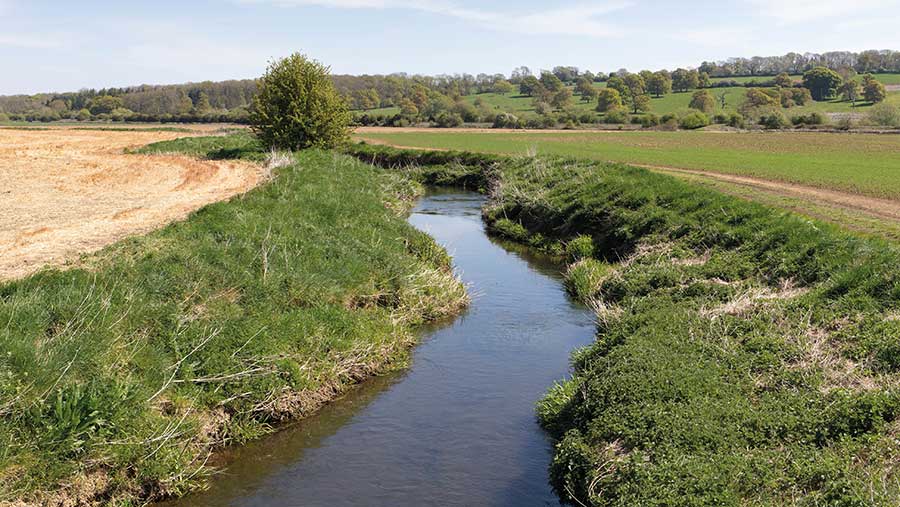Valuable funding on offer as Countryside Stewardship opens
 © Tim Scrivener
© Tim Scrivener Valuable funding options are now on offer for 2022 agreements through an improved Countryside Stewardship (CS) scheme.
Applications are open from today (9 February) for the scheme, which helps farmers in England protect and improve the environment.
Following feedback from the industry, a number of changes have been made, including but not limited to:
- New options to help improve air quality, reduce ammonia emissions and improve water quality
- An improved capital grant offer, with 67 options available that can work alongside the Wildlife offer
- New wood pasture options in the uplands, at payment rates suitable for upland application
- Capital offer to be available to Higher Level Stewardship (HLS) agreement holders
- Improved woodland options, including bringing bracken control and stone wall options into woodland management and combining the Woodland Creation and Woodland Maintenance grants.
See also: Countryside Stewardship 2021: What farmers need to know
Other differences from previous years include that penalties will no longer be applied to CS agreements starting on 1 January 2021 or later as they will be under UK control, not EU rules – although payments may still be withheld, reduced or recovered.
Instead of inspections, there will be “environmental outcome site visits”, which will focus more on giving the agreement holder advice on how to amend any issues, rather than immediately penalising them.
Alice De Soer, founding director of Rural Response, explained: “If there’s any ambiguity about whether the required environmental aims have been delivered or not, the Rural Payments Agency will now consider records and any other evidence the agreement holder has to show that they have done the required management.
“If it’s found that the agreement holder has not delivered some of the required management, but that issue is rectifiable, the RPA will provide advice and guidance to the agreement holder about what can be done to improve delivery.”
See also: Environmental Land Management scheme – what we know so far
ELM on the way
CS will eventually be replaced with the new Environmental Land Management (ELM) scheme, but farmers are still being encouraged to take advantage of the current agri-environment options.
Farming minister Victoria Prentis said: “An improving and expanding Countryside Stewardship scheme is a great opportunity to deliver environmental benefits on your land and receive financial incentives for doing so.
“We are guaranteeing that anyone who enters a new Countryside Stewardship agreement will be able to leave early in order to join the Environmental Land Management scheme once fully rolled out in 2024, so there is no reason not to apply today.”
Catchment sensitive area grants
Farmers in catchment sensitive areas are eligible for additional grants for improving water and air quality.
To find out if your land is in a high-priority area, visit Defra’s mapping website.
Examples of these grants include:
- £62/sq m for roofing for a sprayer washdown area, manure storage area, livestock gathering area, slurry store, or silage store
- £350/cu m for storage tanks underground
- £200/unit for yard inspection pits
- £27.14/sq m for concrete yard renewal
- £68/unit for the installation of livestock drinking troughs.
The grants must be applied for with support from a Catchment Sensitive Farming officer.
Support must be requested at least six weeks before the application deadline (which is 30 April for the standalone capital grants package) so farmers are being advised to act quickly.
Key dates, including all CS application deadlines, are available on the RPA’s website (PDF).
